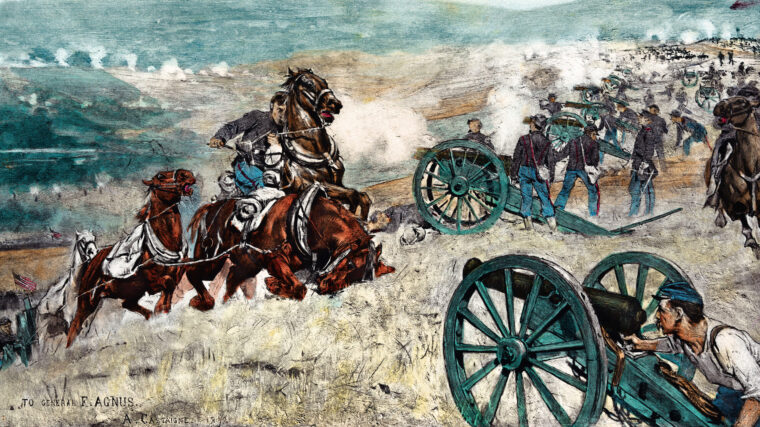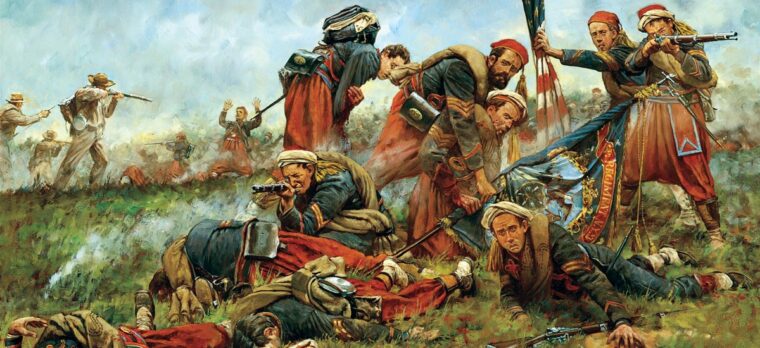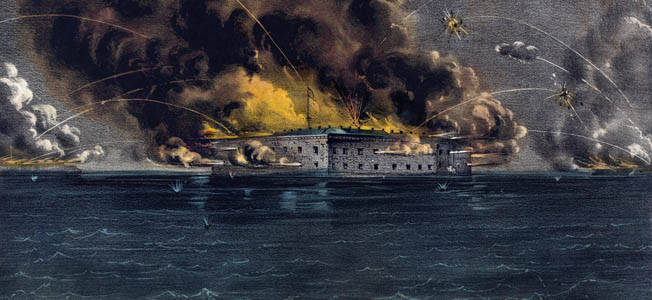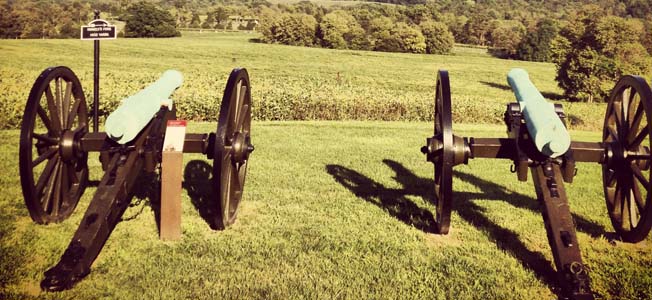
general george mcclellan
Civil War Artillery
By John D. GreshamFor much of its history, artillery has been a weapon of mass destruction and attrition, a force designed to cause casualties, destroy fortifications, and wear an enemy down with its noise, explosions, and shrapnel. Read more






















